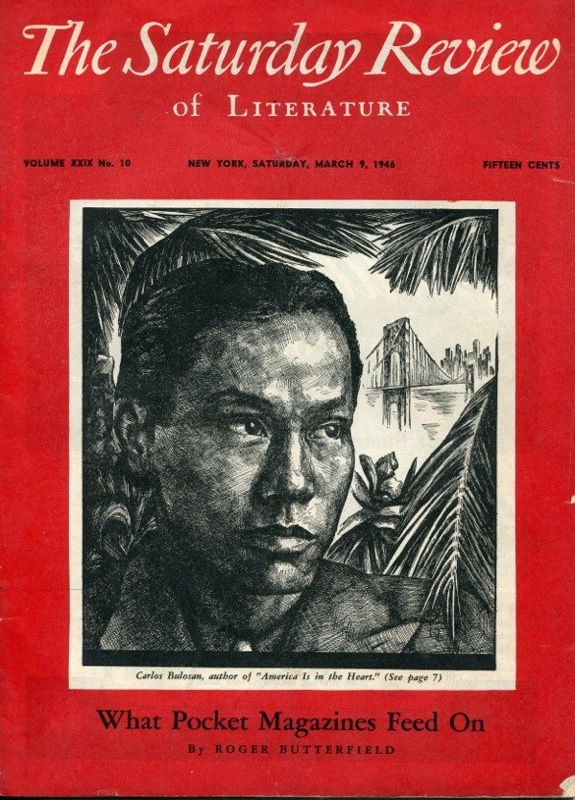 Penman for Monday, October 27, 2014
Penman for Monday, October 27, 2014
ALMOST TWENTY years ago, in a column for another paper, I said “Goodbye to Garamond,” in reference to how the world of typography—the way by which the printed word is presented to us by publishers, advertisers, and the media—was perceptibly changing.
Printed letters—like the ones you’re looking at this very instant—are shaped into what are called fonts (a term often used interchangeably with “typeface,” although some experts will insist that there’s a subtle but important difference). They’re how the letters physically look, which in turn may convey psychological, emotional, or subliminal messages to the reader. We’ll get to that in a minute.
First, here’s a bit of what I wrote back then:
“Have you ever wondered about those fonts whose letters look as though they had been scratched onto plywood with a nail by a heroin addict going through withdrawal? Remember the flickery font they used for the credits of Brad Pitt’s Seven?… These, folks, are examples of what’s been called ‘grunge’ typography and ‘degenerative’ art. The idea seems to be to produce aesthetic pleasure through severe disorientation…. Goodbye to Garamond, and all those reassuringly clean and classically balanced fonts. Hello to something like WaxTrax, which fairly drips all over your screen. And so it goes in the BraveNewWorld of cyberspace.”
Cyberspace and the Internet, of course, were still a novelty for most people back in 1996, and were full of raw and rough edges—visually and even audibly. Remember when you could count the dots on your screen and on your printout, and remember how mating modems screeched like cats in heat? Not surprisingly, the digital aesthete had all the finesse of a frontiersman, wielding his mouse like a chainsaw rather than a sable paintbrush. In other words, things looked pretty ugly—including titles and words on the computer screen, which had become the new page.
Or ugly, at least, to someone like me, who grew up with typewriters and liked the evenness of letters on a line, and the little feet (the so-called serifs) that grounded the shapely curves and angles of the A’s and M’s. That’s what I came to love about a graceful font like Garamond, which traces its origins to the 1500s, but which has been tweaked many times over the next 400 years—among others by Apple, which not surprisingly called its version Apple Garamond, used in the word ”Apple” itself by the company in its branding.
Speaking of Apple, this brings me to my little plaint for the day. Over the past month or so, Apple came out not only with the iPhone 6/6+ and with upgraded iPads and Macs; it also put out new versions of its operating systems for its devices and computers—iOS 8.1 for the portables, and MacOS 10.10 or “Yosemite” for the bigger machines.
So I dutifully upgraded to Yosemite, only to discover to my great dismay that—despite nifty new features here and there like being able to text non-iPhone numbers from your Mac and a better way of dictating text into Microsoft Word—I kept getting bothered by one small (and I mean literally small) thing: the new system font, called Helvetica Neue, which replaced the longtime, rounder Lucida Grande. You’ll see Helvetica Neue in the title bars and the bookmarks and tabs in your Safari Web browser—thin, narrow, and barely legible to my 60-year-old eyes.
What was Apple thinking? Well, certainly not about me (although we baby boomers were the original Apple faithful); “leaner and meaner” seems to be the mantra for the millennial computer user, and Apple is serving up the look in spades. And unlike what you could do with previous OSes, you can’t change or even tweak the size of the system font now, although you could enlarge individual windows in Safari and fonts in Word, probably because the system architecture would come crashing down if you had that option—the look is embedded into the package.
Why is this a big deal, at least for the fussy folk like me? Because it’s another sign—and a very visual one at that—of how the planet’s trendsetters see the present and the future, in the same way that blackletter fonts (more popularly if mistakenly called “Gothic” or “Old English”)—the kind you see in medieval Bibles—evoked an arch, elevated, not-very-accessible mindset.
Fonts and typefaces became more readable over time, and in the modern age, sans-serif (footless) fonts like Helvetica, Univers, and Futura became all the rage. Helvetica (the word itself means “Swiss”, in a tip of the hat to its origins) has been around since the 1950s, and can now be seen everywhere, along with its brethren. Being blocky, sans-serif fonts work best for titles and headlines, but can tire the eyes over long stretches; thus, older, footed fonts like Garamond, Palatino, and New York are still better for body text, because the little feet actually define the letters more sharply (try this by looking at a word like “human” in serif and sans-serif).
I’ll agree: Helvetica’s a handsome font, and by now probably the world’s most popular one for signage and ads. (Just think of the logos of Lufthansa, American Airlines, Microsoft, Panasonic, Scotch, JCPenney, and The North Face, among others.) Maybe I’m actually sad in a way that Apple’s joining the pack rather than leading it as it often has—and if there was anything Steve Jobs almost literally imprinted into his designers and engineers, it was his fascination for typography.
But please, Apple, when the next upgrade comes around, give us something our aging eyes can better read, even if it isn’t Garamond.








